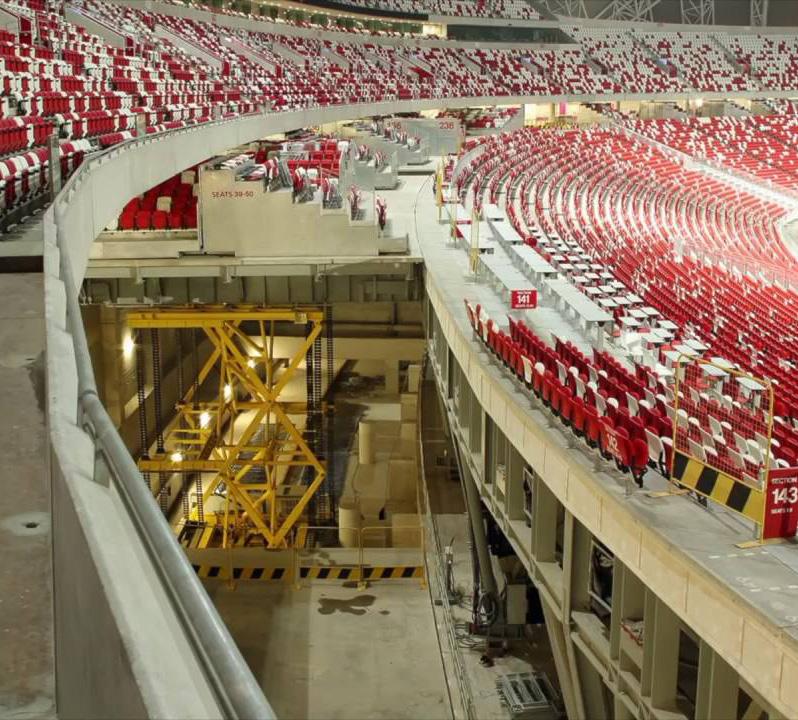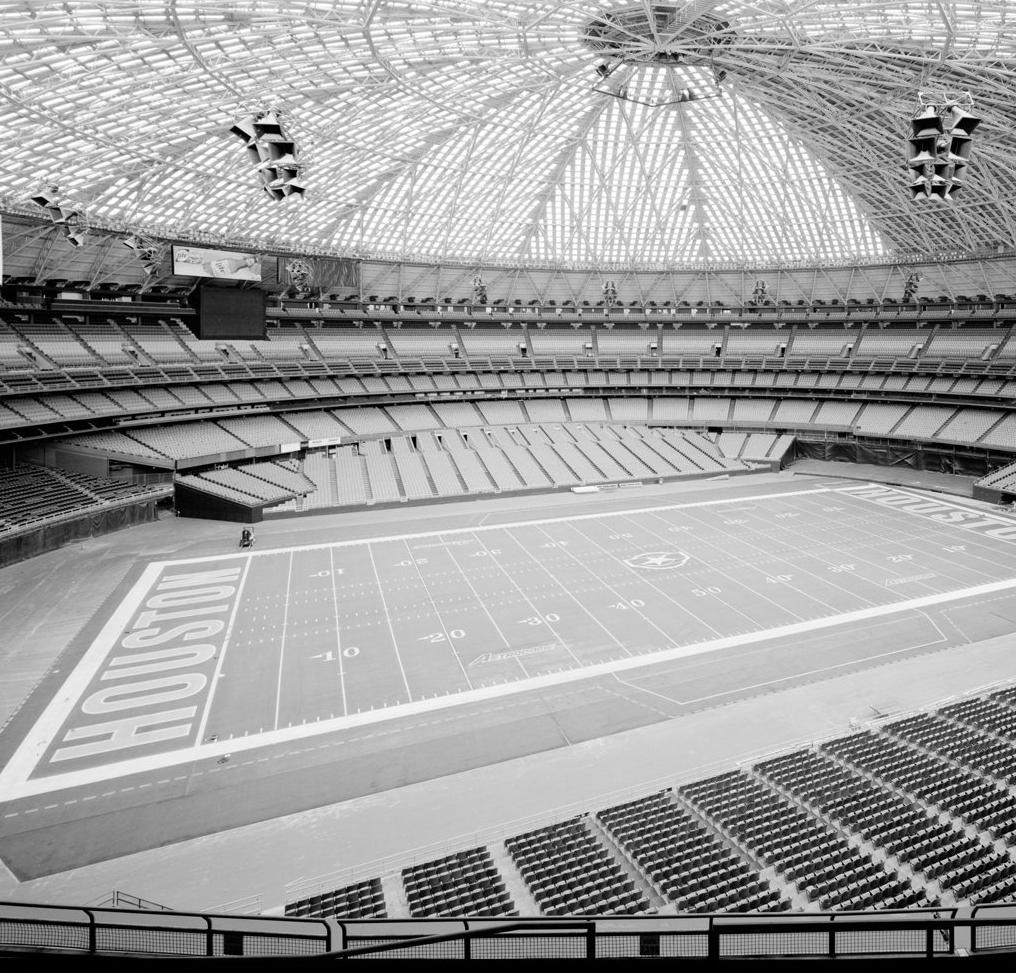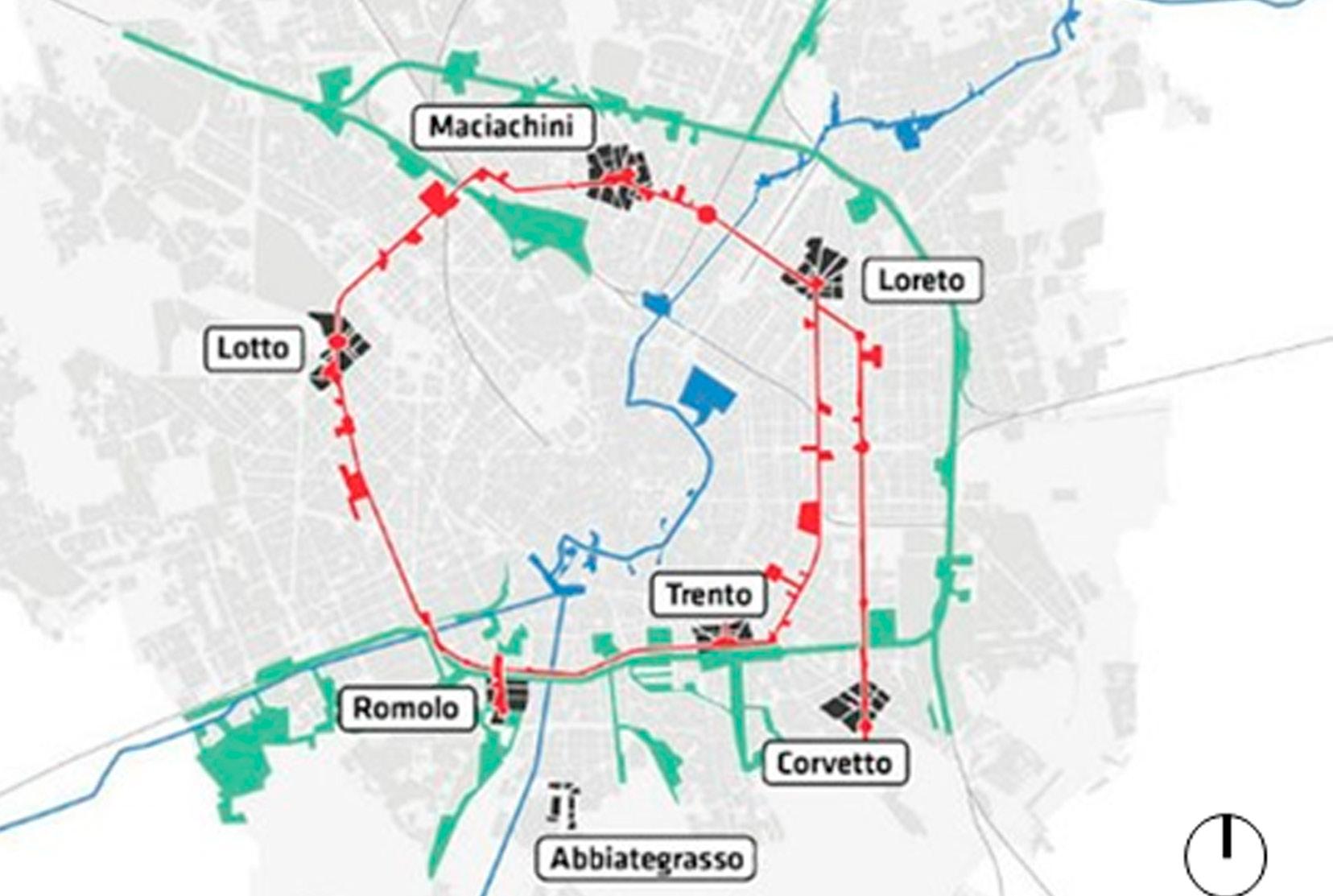
1 minute read
PREVIOUS AND LATEST PROPOSALS 1980’S PROPOSALS AND LATEST MASTERPLAN
Starting in the 1980s, with the decommissioning of the Montedison and Reda factories in Rogoredo, the process of reusing free areas began. The ex-Montedison area was inserted in the Urban Redefinition Zone (ZRU) 1 “Bonfaldini-Morsenchio” while the ex Redaelli area was inserted in the ZRU 3 “Rogoredo-Paullese” area.
The redevelopment project of the Milano Santa Giulia area, approved in 2005, provides for the overall construction of approximately 600,000 square meters. of private building and about 13,000 square meters of public building. In the southern part, about 200,000 square meters were built between 2006 and 2009. Between affiliated and residential housing, for about 1,400 accommodations and the Sky Italia headquarters.
Advertisement
At last, in 2014, after analyzing the changed economic conditions, the different needs of the market and the city of Milan and the critical issues of the previous Masterplan, Risanamento SPA has prepared some variants, inspired by the LEED principles: Neighborhood Development(ND) of high environmental sustainability. Thus, a final proposition has been agreed on from Norman Foster of Studio Foster & Partners.
Milano Santa Giulia is the first Italian project registered in the Leed ND (Neighboroghood Development) protocol in December 2012 and was conceived and proposed as an innovative and future district, focusing on the integration of two key dimensions: sustainability and smartness.
Milano Santa Giulia is referred to as a “city within a city” since the overall concept anticipates a neighborhood that is well connected to the rest of the city while still combining the fundamental features of a self-contained community.” A multitude of facilities will serve the 60,000 residents of this neighborhood, including office buildings and a children’s museum of technology and invention, educational services, an entertainment and leisure arena, and sports facilities. In addition, the presence of one of Milan’s largest parks takes place, which is part of the city’s green network. However, other facilities such as retail and recreation offerings, which are located in the center of the community, that distinguish this development. This green and sustainable district blends seamlessly into the surrounding urban environment, which consists primarily of residential, entertainment, and office buildings.










